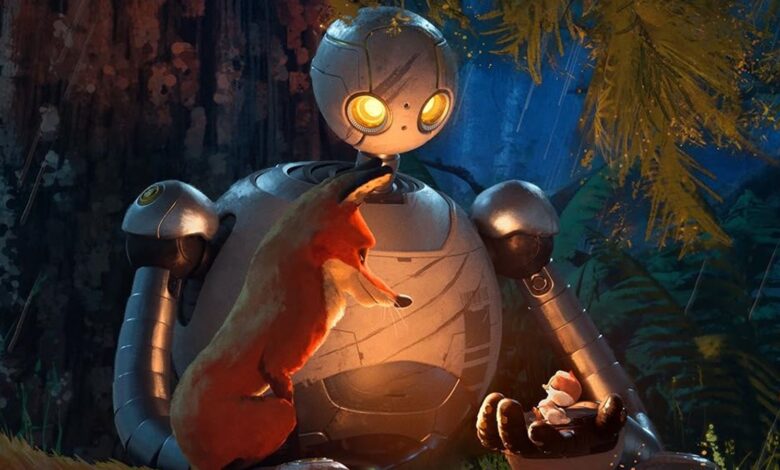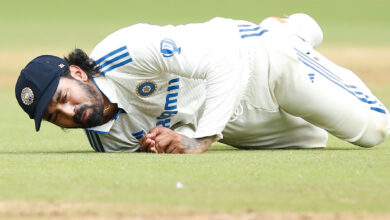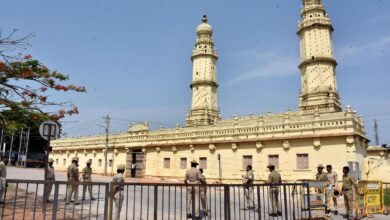No one is programmed to be a parent — and other lessons from ‘The Wild Robot’

DreamWorks Animation’s latest offering, The Wild Robot, explores what happens when a shipwrecked robot called Roz, programmed for task management and serving humans, crash-lands into a world ruled by natural forces, rather than human design. Set in the unforgiving ecosystem of the northern wilderness, the film stages an encounter between two extremes of non-human existence: Artificial intelligence and animal life. The movie only briefly hints at the larger human world, leaving gaps about the kind of society it is set in. In one scene, whales swim over a submerged Golden Gate Bridge; in another, a brochure mentions that Florida has more shoreline than ever. Despite the absence of humans from the story, the very existence of these robots and the damage caused by climate change highlight the consequences of human action.
Many films and shows have already explored human encounters with the wilderness. In The Wild Robot, Roz faces challenges just as daunting as those of her human predecessors in Cast Away or Lost, but with some distinct advantages. She survives a bear attack, and in a beautiful sequence, she sits perfectly still for what seems like years, learning to decode the animals’ languages and speak their tongue. Her greatest challenge comes when she accidentally kills a family of geese and is left with a lone gosling, Brightbill, who imprints on her. Though Roz is programmed to perform tasks efficiently and serve her “clients”, in the absence of humans, she takes on the unexpected role of caregiver — feeding Brightbill, teaching him to swim, and ultimately preparing him for the dangerous journey of migration.
Roz’s mechanical, calculated intelligence proves inadequate when confronted with the emotional complexities of motherhood. She struggles to console Brightbill after he is rejected by his fellow geese for being an outsider. The everyday discourse surrounding motherhood often invokes terminology from the animal kingdom, emphasising maternal instinct as a genetic drive essential for species survival. However, when Roz admits early in the film that she isn’t programmed to be a mother, a wise animal responds, “No one is; we just make it up.” This pivotal moment marks the beginning of Roz’s transformation into a parent, illustrating how her dedicated efforts at nurturing enable her to gradually override her programming. Roz isn’t alone in this; new mothers, who often survive on minimal sleep and must awaken in the middle of the night to feed, change, or soothe their babies, would agree that every act of motherhood involves a deliberate performance of overriding one’s innate and natural desires for rest and self-protection.
Along with a complex portrayal of parenthood, the film also places death, predators, and the food chain as integral parts of the story. In the vast landscape of children’s films death is sanitised, sentimentalised, or excised entirely. However, for many young viewers, their first encounter with death in the media comes through nature documentaries, where they witness animals hunting, killing, and being killed. Roz’s introduction to Brightbill’s life begins with her fall from the mountain, which crushes his family and kills his mother. Predators, like the sly fox, Fink, and the bear, hunt and kill, while prey animals live in constant fear. This movie is filled with humorous, casual, and matter-of-fact references to death. The film confronts these realities head-on, depicting neither technology nor predators as intrusive or villainous forces in this ecosystem. Instead, it suggests that the natural order is neither clean nor governed by human morality. In one powerful moment, Brightbill is reminded that Roz, despite being his adoptive parent, is also the one responsible for the death of his family. Yet without her intervention, as the runt of the litter, he would have been left to die.
Significantly, the world of The Wild Robot does not feel dystopian even in the absence of humans; rather, it exudes a sense of hope regarding the role of solar-powered artificial existence coexisting with the wilderness, perhaps even acting as its protector. It is a world marked by the consequences of human actions but not defined by them. The relationship between Roz and the creatures of the forest evolves into a partnership that transcends their natural differences as well as artificial programming, highlighting the potential for understanding and cooperation. Ultimately, the film emerges as a thought-provoking animated feature that uses the stylised textures of children’s books to tell a story with humour and heart. The film challenges viewers to reflect on both the ecological parable it presents about the non-human world and the deeply human narrative about parenting, inviting us to rethink our notions of motherhood and our connections to the natural world.

The writer is Assistant Professor, Hindu College, University of Delhi







